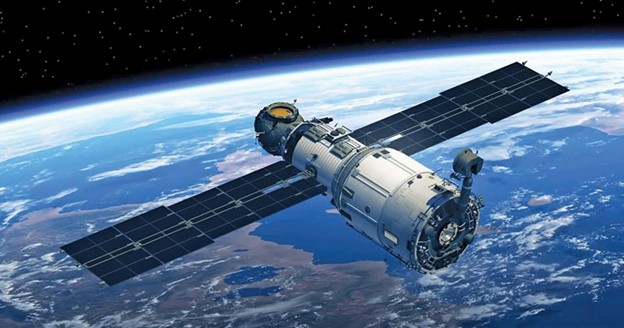Satellite surveys are revolutionizing the way we perceive and manage land resources in India. By leveraging state-of-the-art remote sensing technology, satellite surveys provide unparalleled accuracy and detailed insights into land, water, and environmental resources. At Bhoojal Survey, we harness these advancements to support sustainable development and data-driven decision-making.
The Significance of Satellite Surveys in India
India, with its diverse geography and growing population, faces challenges in land management, water conservation, and urban planning. Satellite surveys play a pivotal role in addressing these challenges by:
- 1. Land Management: Providing precise mapping and monitoring of land use, aiding in land records management, and resolving disputes.
- 2. Water Resource Monitoring: Identifying groundwater recharge zones and tracking surface water bodies, aligning with Bhoojal Survey's commitment to sustainable water management.
- 3. Agricultural Planning: Monitoring crop health, predicting yields, and managing irrigation systems.
- 4. Urban Development: Assisting in city planning, infrastructure development, and monitoring urban sprawl.
- 5. Environmental Conservation: Tracking deforestation, pollution, and climate change impacts to guide conservation efforts.
Applications of Satellite Surveys in India
- 1. Land Records Management: Satellite surveys enable accurate boundary mapping, reducing conflicts over land ownership.
- 2. Agriculture: Remote sensing data helps farmers optimize their resources by analyzing soil health, crop patterns, and water usage.
- 3. Disaster Management: From flood modeling to monitoring the impact of natural disasters, satellite technology plays a crucial role in preparedness and mitigation.
- 4. Infrastructure Development: Satellite imagery supports planning for roads, railways, and urban expansion.
- 5. Water Conservation: Identifying potential groundwater sources and assessing water body levels ensures better water management.
How Bhoojal Survey Utilizes Satellite Technology
At Bhoojal Survey, we integrate satellite survey data with hydrogeological studies and environmental assessments. Our services include:
- 1. High-resolution land mapping for various sectors.
- 2. Custom analysis for industrial, agricultural, and urban planning.
- 3. Collaboration with government and private stakeholders to promote sustainable resource management.
Benefits of Satellite Surveys
- 1. Accuracy: Delivers data with sub-meter resolution.
- 2. Efficiency: Covers large areas quickly, saving time and resources.
- 3. Cost-Effectiveness: Reduces the need for extensive on-ground surveys.
- 4. Versatility: Supports diverse applications across industries.
- 5. Real-Time Monitoring: Offers up-to-date data for immediate action.
FAQs
- Q1: What is a satellite survey?
A: A satellite survey involves using satellite-based remote sensing technology to collect and analyze data about the Earth's surface. It is widely used for mapping, monitoring, and managing resources.
- Q2: How accurate are satellite surveys for land management?
A: Satellite surveys are highly accurate, providing data with sub-meter resolution, making them suitable for precise land records and dispute resolution.
- Q3: Can satellite surveys detect groundwater sources?
A: Yes, satellite surveys help identify potential groundwater recharge zones and monitor surface water bodies.
- Q4: What are the costs involved in satellite surveys?
A: Costs depend on the area covered, resolution required, and the specific analysis. Bhoojal Survey offers tailored solutions to fit various budgets.
- Q5: How can satellite surveys aid in disaster management?
A: Satellite data supports flood modeling, damage assessments, and disaster response planning, enhancing preparedness and recovery efforts.
- Q6: Why is satellite surveying important for agriculture?
A: Satellite surveys provide critical insights into crop health, soil conditions, and water usage, enabling farmers to optimize their resources and improve yields.

